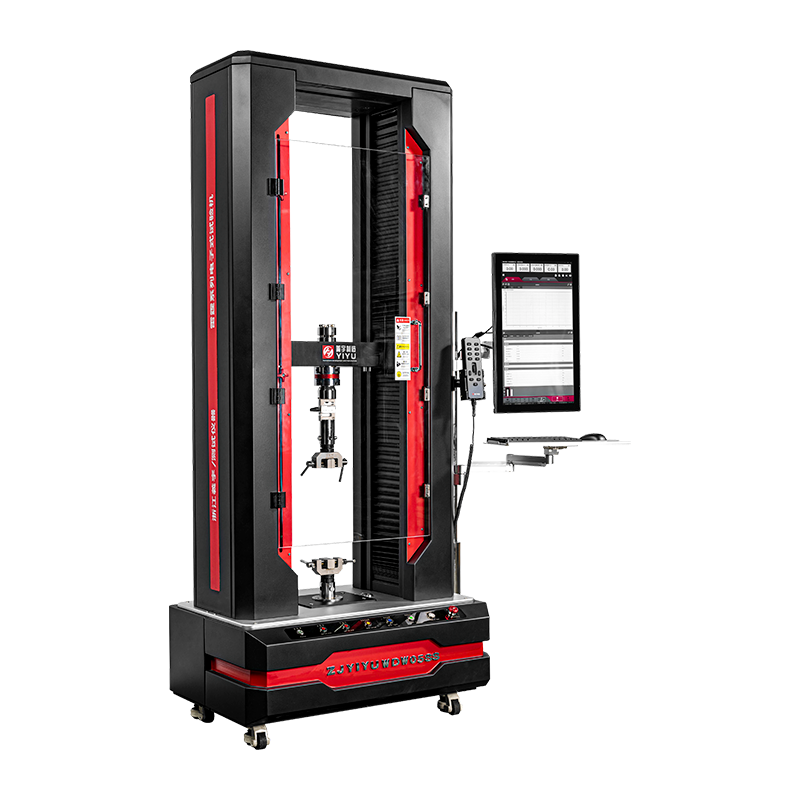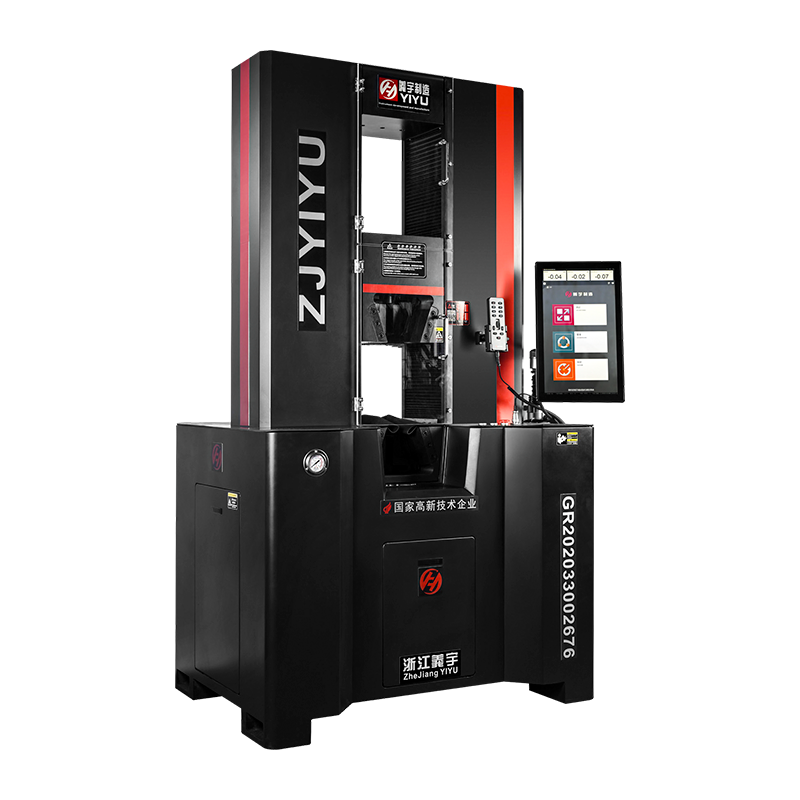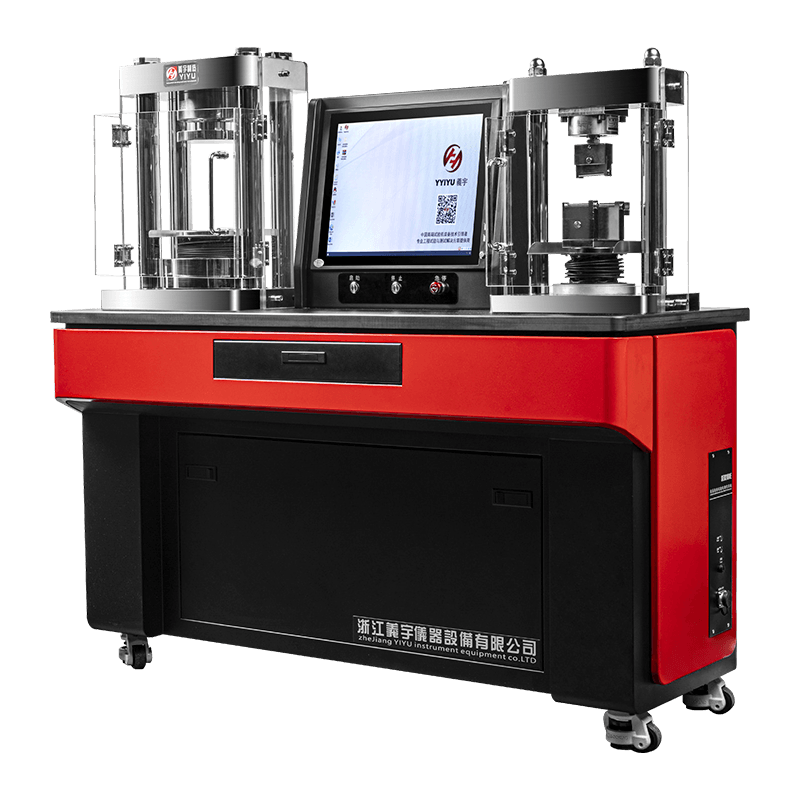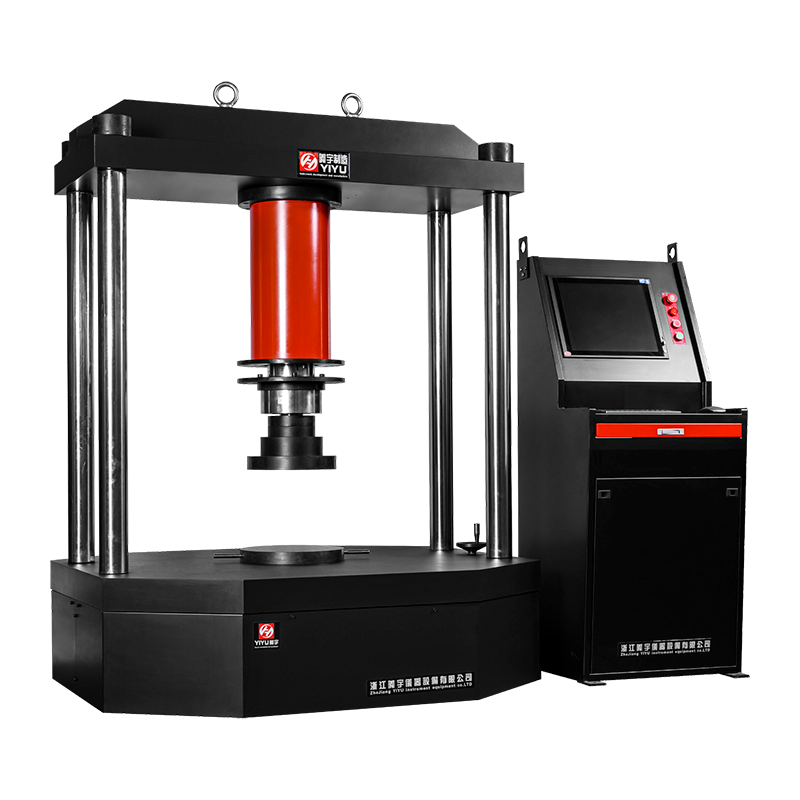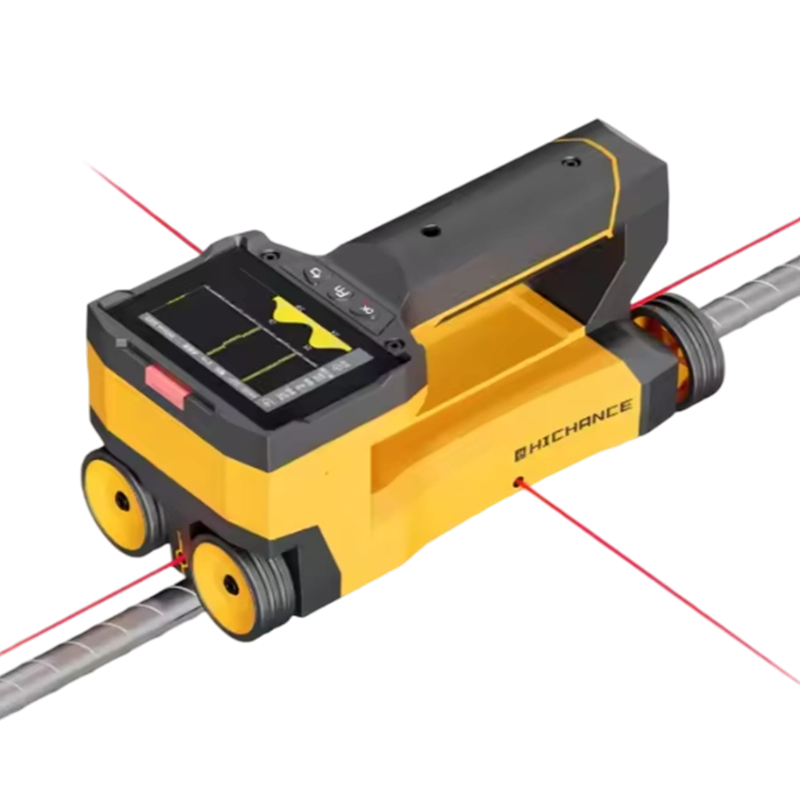In the oil and gas industry, equipment safety and reliability are paramount. Equipment and pipelines used for extraction, transportation, and refining are subject to extreme operating environments and high pressures. Therefore, ensuring the stable operation of these equipment under prolonged, high-pressure conditions is crucial for ensuring oil and gas safety. As a crucial quality control tool, pressure testing machines are increasingly widely used in the oil and gas industry and play an indispensable role.
Basic Functions and Principles of Pressure Testing Machines
As the name suggests, a pressure testing machine is used to test the ability of various equipment or components to operate and withstand pressure under varying pressures. It simulates the high-pressure conditions that equipment may encounter during operation to detect leaks, damage, or other defects. The core function of a pressure testing machine is to ensure that all components can withstand extreme pressures in real-world use, thereby preventing accidents caused by equipment failure.
A pressure testing machine primarily applies pressures above the normal operating pressure to the target equipment for a sustained period of time to verify its ability to safely withstand these pressures. Modern pressure testing machines are typically equipped with sophisticated pressure sensors and automated control systems, providing highly accurate test results and automatic recording and reporting capabilities, significantly improving testing efficiency and accuracy.
Applications of Pressure Testing Machines in the Oil and Gas Industry
The oil and gas industry faces a variety of high-pressure and high-risk operating environments, requiring all equipment, pipelines, and facilities within the industry to possess robust pressure-bearing capabilities.
Pressure Testing of Pipeline Systems
Pipelines are a core component of the oil and gas transportation system. Pipeline integrity directly impacts the safety and stability of the entire supply chain. During the extraction and transportation of oil and gas, pipelines are subject to high-pressure natural gas or oil fluids. Therefore, comprehensive inspections using pressure testing machines are essential before installation and commissioning.
Pipeline pressure testing ensures that pipelines are free of leaks, cracks, or weaknesses before commissioning. By simulating actual operating conditions, pressure testing machines can assess pipeline performance under high-pressure conditions, such as the presence of stress concentrations, weld quality, and pipeline sealing. Any issues can be identified before production begins, preventing potential leaks and environmental pollution.
Safety Inspection of Oil and Gas Storage Tanks
Oil and gas storage tanks are facilities that store important energy sources such as crude oil and natural gas, playing a crucial role in the storage, transportation, and refining of oil and gas. Tanks must possess excellent sealing and pressure resistance to prevent serious accidents such as explosions and leaks under high pressure. Regular pressure testing is crucial to ensure tank safety.
A pressure testing machine can be used to test the performance of tanks under high-pressure and low-temperature environments, detecting structural defects or potential leaks. Large oil and gas storage tanks, in particular, operate under high pressures, making the tank's material and welding process particularly critical. Therefore, high-precision pressure testing is required to ensure their pressure-bearing capacity. Regular inspections using a pressure testing machine can significantly improve tank safety and prevent explosions caused by excessive pressure.
Testing and Inspection of Oil and Gas Wells
During the drilling and production process of oil and gas wells, wellhead equipment must withstand high-pressure natural gas and crude oil. The sealing performance, pressure-bearing capacity, and durability of oil and gas well equipment are directly related to the safety and economic viability of production. Therefore, pressure testing of oil and gas well equipment is a crucial and indispensable step in the oil and gas industry.
Using pressure testing machines, engineers can conduct comprehensive pressure tests on wellhead equipment, pipelines, valves, and more. These equipment must withstand varying operating pressures, especially during the initial stages of oil and gas well production, which can experience dramatic pressure fluctuations. Therefore, before commissioning, wellhead equipment must undergo rigorous pressure testing to ensure long-term stable operation and avoid economic losses and safety hazards caused by equipment failure.
Pressure Testing of Subsea Oil and Gas Equipment
With the development of offshore oil and gas resources, the use of subsea oil and gas platforms and equipment is becoming increasingly common. Subsea oil and gas equipment must withstand extremely harsh operating conditions, such as high pressure, low temperatures, and extreme environments. These equipment must be able to operate properly under the immense subsea pressures; failure to do so could result in severe marine pollution and even catastrophic accidents.
Pressure testing of subsea oil and gas equipment is a crucial step. Using a pressure testing machine can simulate the operating pressures of subsea equipment and verify its ability to withstand high-pressure environments. Subsea drilling platforms, pipelines, and storage equipment all require pressure testing to ensure their stability and safety under subsea pressure. Through pressure testing, oil and gas companies can identify potential failure points before equipment is put into operation, thereby improving safety.
Equipment Quality Control and Certification
The oil and gas industry has extremely stringent quality requirements for equipment, especially for equipment operating in high-pressure environments. Pressure testing machines are not only used to verify the pressure-bearing capacity of equipment, but also for quality control and certification. All equipment put into operation must undergo a series of rigorous pressure tests to ensure compliance with relevant international standards and industry regulations.
Through pressure testing of equipment, oil and gas companies can ensure that equipment quality meets industry requirements and avoid production accidents caused by equipment quality issues. This also provides reliable data support for equipment certification and compliance. The use of pressure testing machines helps to improve equipment quality standards across the industry and reduce safety risks.
Technological Developments in Pressure Testing Machines in the Oil and Gas Industry
With the continuous advancement of oil and gas extraction technology, the technology of pressure testing machines is also constantly upgrading. From traditional manual control to today's automated and intelligent operation, pressure testing machines are evolving towards greater efficiency, precision, and safety.
1. Automation and Remote Monitoring: Modern pressure testing machines generally feature automated control capabilities, automatically adjusting test pressure, monitoring the test process, and generating detailed test reports. The application of remote monitoring technology allows engineers to view test data in real time while away from the site, significantly improving work efficiency.
2. Intelligence and Data Analysis: With the advancement of sensors and IoT technology, pressure testing machines can collect large amounts of test data in real time and provide detailed test reports using data analysis software. Intelligent pressure testing machines not only precisely control the test process but also predict potential equipment failures through big data analysis, further enhancing equipment reliability and safety.
3. Higher Testing Accuracy: Modern pressure testing machines have achieved micron-level accuracy, enabling extremely precise pressure testing. This is crucial for equipment in the oil and gas industry that must withstand extreme pressures. Higher testing accuracy not only improves equipment safety but also significantly increases production efficiency, reducing the likelihood of equipment failures and accidents.
